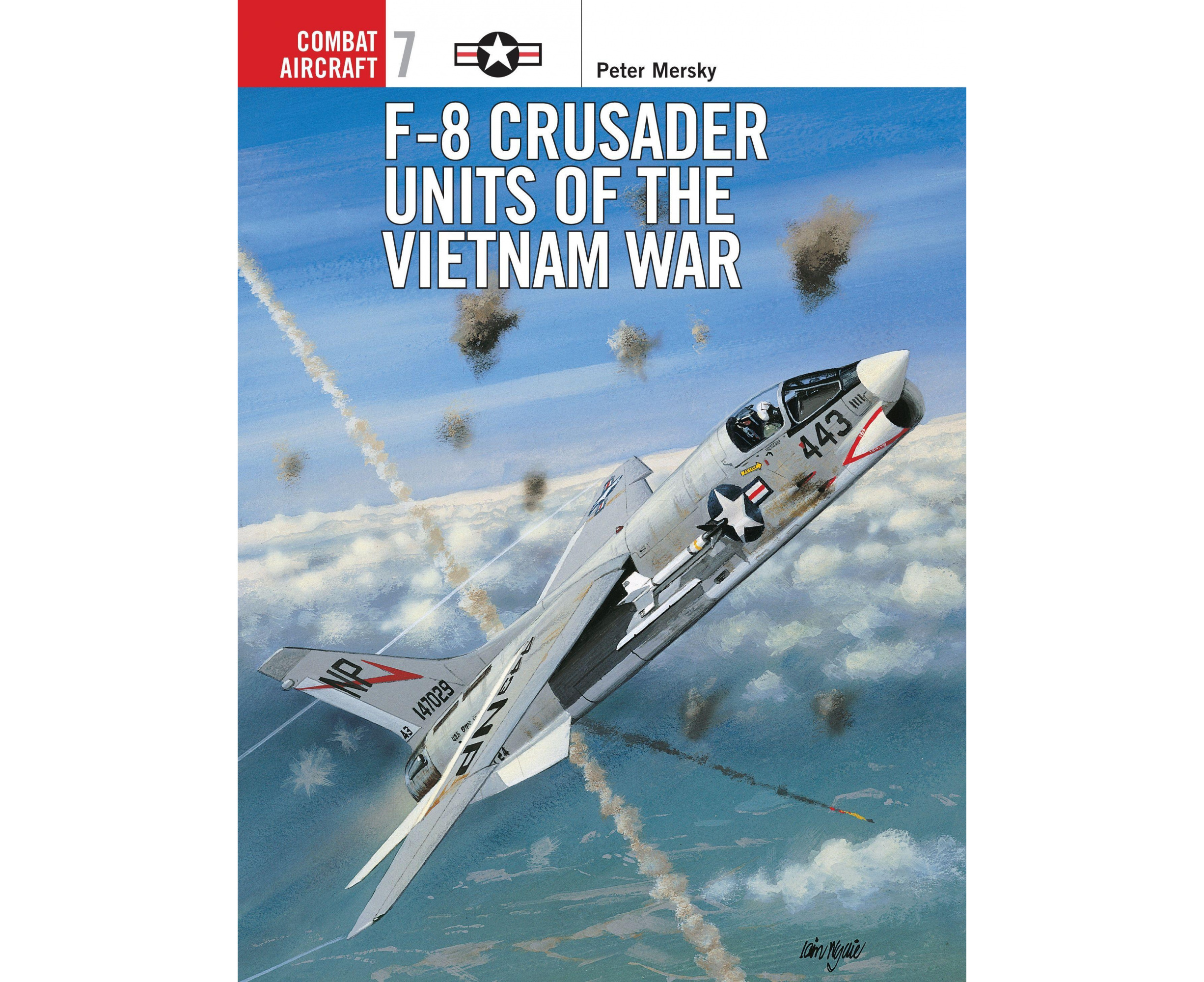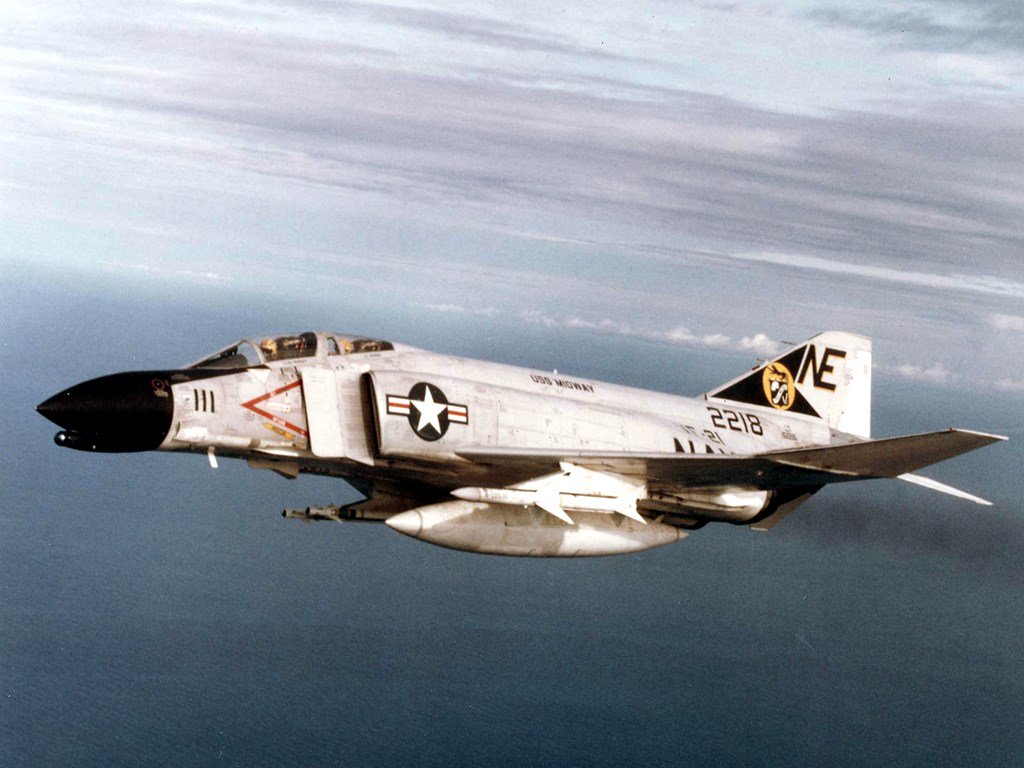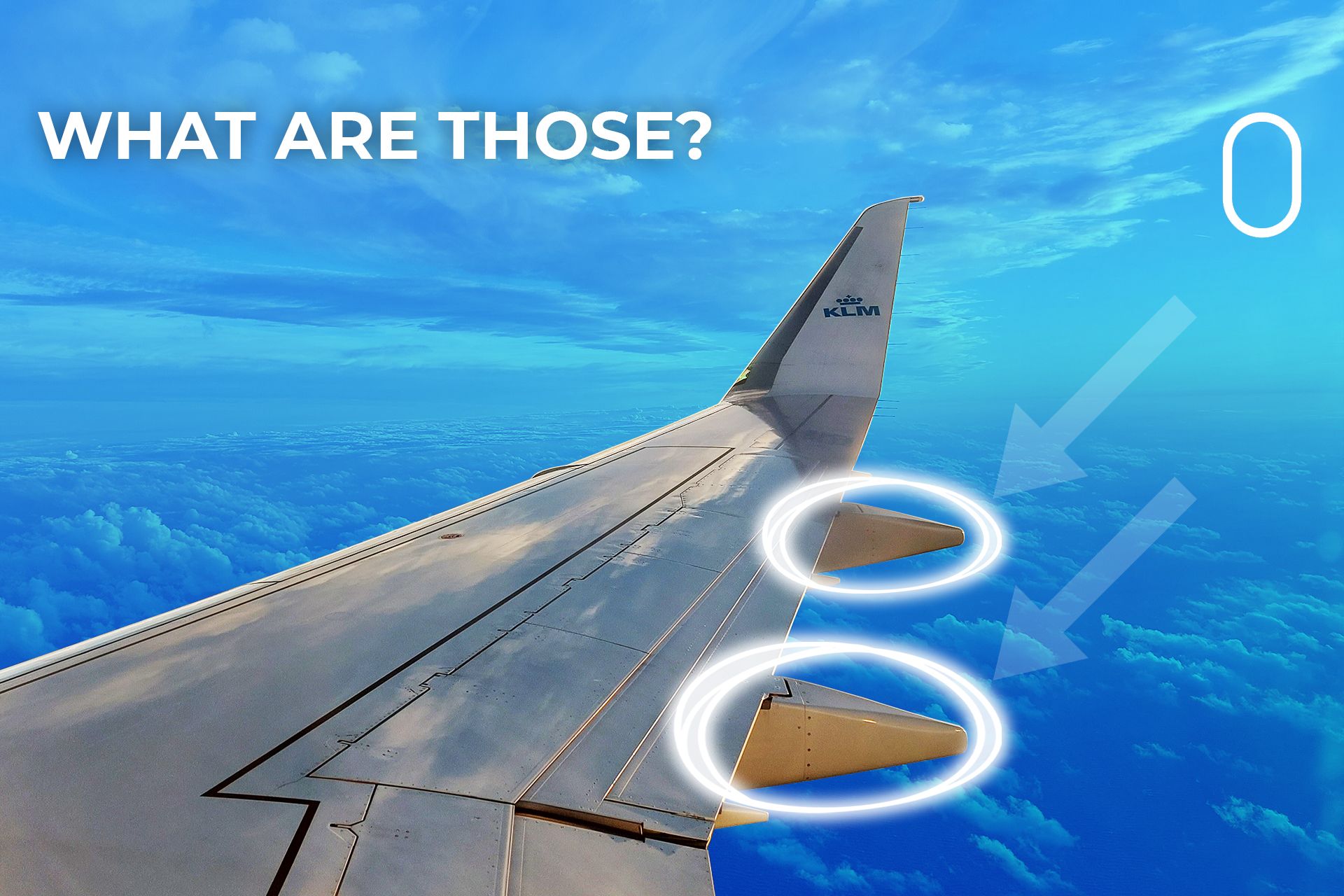Aircraft Control Surfaces - There is an additional increment due to the downward component of the momentum of the jet. Experiments with such a device have produced very high lift coefficients. Some aircraft designs incorporate combinations of the fowler and slotted flaps to greatly increase the lift and drag of the wing. When the flap is initially extended, it moves aft on its track. Once past a certain point on the track, further aft movement is accompanied by a downward deflection which opens up the slot between the flap and the wing. Many jet transport aircraft use this basic design with several slot openings being used to improve the airflow over the wing and flap surfaces.
Aileron control systems operated by the pilot through mechanical connections require the use of balancing mechanisms so that the pilot can overcome the air loads imposed on the ailerons during flight. Balancing of the ailerons can be achieved by extending part of the aileron structure ahead of the hinge line and shaping this area so
Aircraft Control Surfaces
Other surfaces fall in a group termed high-lift devices which includes flaps, slats and slots. These allow the lift and drag characteristics of the aircraft wing to be changed to allow-slow speed flight for takeoff and landing and high-speed flight for cruising.
Spoilers And Air Brakes
Elevators are the control surfaces which govern the movement (pitch) of the aircraft around the lateral axis. They are normally attached to hinges on the rear spar of the horizontal stabilizer. The construction of an elevator is similary to that of other control surfaces, and the design of the elevator may be unbalanced or balanced aerodynamically and/or statically.
Slots are openings between the different segments of the flaps. They are aerodynamic features that allow air to flow from beneath the wing to its upper surface. The bigger the surface of the trailing-edge flaps deployed, the more slots are needed.
The construction of the control surfaces is similar to that of the stabilizers; however, the movable surfaces usually are somewhat lighter in construction. They often have a spar at the forward edge to provide rigidity and to this spar are attached the ribs and the covering. Hinges for attachment are also secured to the spar. Where it is necessary to attach tabs to the trailing edges of control surfaces, additional structure is added to provide for transmission of the tab loads to the surface.
Trailing edge flaps extend and move downwards on the back of the wing. Leading-edge flaps move out and forward on the front of the wing. However, the leading-edge flaps and slats are not individually controlled but respond to the movement of the trailing edge flaps.
![Flight Control Surface Assembly Bensmann; Stefan [Airbus Operations Gmbh]](https://uspto.report/patent/app/20190359313/US20190359313A1-20191128-D00001.png)
Primary And Secondary Surfaces
Controls Too Sensitive? Many a builder is dismayed to learn how sensitive the controls are in his homebuilt. The embarrassing consequence being that the pilot over-controls in spite of himself and causes the airplane to behave more like a porpoise than an arrow in flight.
Another method which may be used is to place a weight ahead of the hinge line to counteract the flight loads. This is known as static balancing. Some aircraft may use a combination of these techniques. Aircraft such as jet transports use hydraulically operated ailerons and may not employ these forms of balancing. If the transport control system is designed to allow the pilot to operate the ailerons without hydraulic assistance, then some method of balancing or control by control tabs is used.
Flaps are located on the trailing edge of each wing, usually between the fuselage and the ailerons, and extend downward (and often outward) from the wing when put into use. The purpose of the flaps is to generate more lift at slower airsp … more
Spoilers and air brakes are used to reduce the lift and slow down the aircraft. They are used on approach and after landing. Spoilers are small panels hinged on the upper surface of the wing and decrease lift by disrupting the airflow.
Did You Know
Spoilers, also called “lift dumpers” are control surfaces which are used to reduce or “spoil” the lift on a wing. Spoilers are located on the upper surface of wings and are one of two basic configurations. The more common configuration on jet transports, is to have a flat panel spoiler laying flush with the surface of the wing and hinged at the forward edge.
The control surfaces are all the dynamic parts on an aircraft that can be manipulated to steer the plane during flight. They are divided into primary and secondary control surfaces. The primary ones on a fixed-wing aircraft include the ailerons, elevators, and rudder. These are responsible for directing the aircraft.

The fundamental reason for the breakaway is that the boundary layer becomes sluggish over the rear part of the wing section, flowing as it is against the pressure gradient. The formation of a shock wave makes matters worse; the speed in the boundary layer is still subsonic which means that pressure can be transmitted up stream, causing the boundary layer to thicken and, if the pressure rise is too steep, to break away from the surface. Now vortex generators are small plates or wedges, projecting an inch or so from the top surface of the wing, i.e. three or four times the thickness of the boundary layer.
In the early days experiments were made which revealed that, if left to itself, the slat would move forward of its own accord. So automatic slots came into their own; in these the slat is moved by the action of air pressure, i.e. by making use of that forward and upward suction near the leading edge. The opening of the slot may be delayed or hastened by ‘vents’ at the trailing or leading edge of the slat respectively, and there may be some kind of spring or tensioning device to prevent juddering, which may be otherwise likely to occur.
Trim Tab
Other aircraft have the ailerons operating asymmetrically; that is, the upward-moving aileron moves further than the downward moving aileron. This asymmetrical operation is used in some aircraft designs to reduce the amount of rudder pressure required when making turns.
The value of the slot in maintaining a smooth airflow over the top surface of the wing can be materially enhanced by blowing air through the gap between slat and wing; this may be called a blown slot.
It is also used in order to 'slip' and direct the trajectory of the plane before landing during a heavy crosswind approach. The rudder is usually controlled by the left and right rudder pedals in the cockpit.
Elevator: The elevator is the small moving section on the trailing edge of the horizontal tail surface that controls pitch. Moving the elevator up decreases the amount of lift generated by the horizontal tail surface and pitches the nose up, causing the airplane to climb. Moving the elevator down increases the amount of lift generated by the horizontal tail surface and pitches the nose down, causing the airplane to dive.

Krueger Flap
One of the major breakthroughs of the Wright brothers was their ability to control roll in their aircraft. The 1903 Wright Flyer didn’t have ailerons, so roll control was provided by a unique idea they called wing warping. Wilbur hit upon this idea while twisting a cardboard box from a bicycle inner tube as he chatted with a customer in the brothers’ shop. The tips of the wings were twisted (warped) like the box by a series of pulleys and cables.
Flight spoilers are used in flight to reduce the amount of lift that the wing is generating to allow controlled descents without gaining excessive air speed. Depending on the aircraft design, the spoilers may also be operated by the pilot’s control wheel or stick. When the pilot moves the control left or right for a roll movement, the spoilers on the wing toward the centre of the turn (upward-moving aileron) move upward and aid in rolling the aircraft into the turn. In some aircraft designs, the spoilers are the primary flight control for roll.
Use The Correct Hardware A separated control connection in flight can result in frightening if not disastrous consequences. Having controllable trim tabs but lacking the skill and luck needed to effect some control with them, in such an emergency, may only prolong the inevitable.
This provides aft-section displacement proportional to forward-section displacement, thus increasing the aerodynamic efficiency of the rudders. Trim and control tabs are not required with this type of rudder design because their functions are performed by the aft sections of the rudder.
Balance Tab
A wing flap is defined as hinged, pivoted, or sliding airfoil, usually attached near the trailing edge of the wing. The purpose of wing flaps is to change the camber of the wing and in some cases to increase the area of the wing, thus permitting the aircraft to operate at lower flight speeds for landing and takeoff. The flaps effectively increase the lift of the wings and, in some cases, greatly increase the drag, particularly when fully extended.
Just the mere fact that an aircraft can get off the ground and stay in the air is an engineering miracle that we often take for granted. While the fixed parts of the fuselage, wings, and stabilizers are essential, the real finesse in maneuvering a jetliner comes from the dynamic parts attached to them - the flight control surfaces. Let's take a look at what they are and how they work.
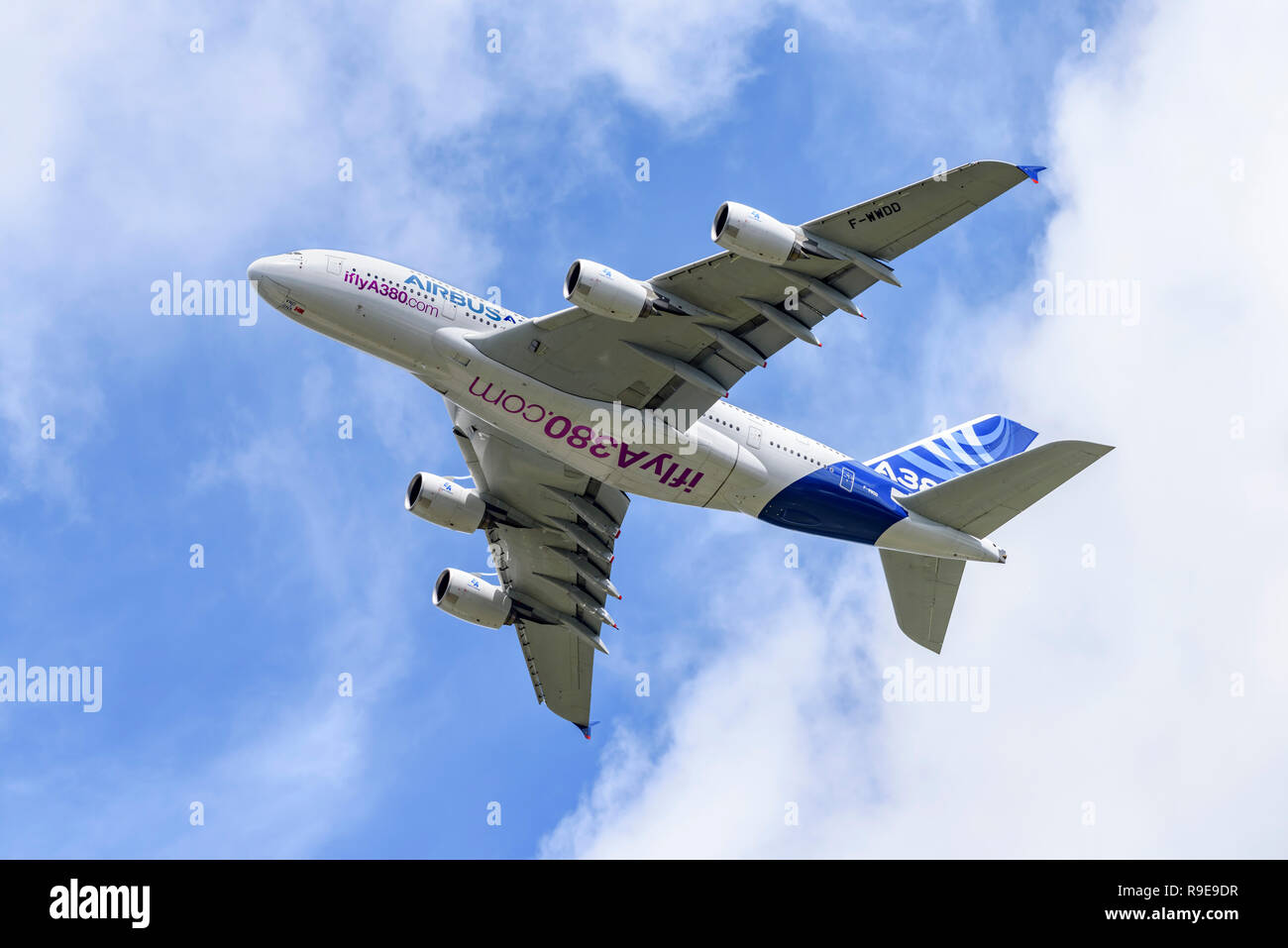
The term trim tabs describes small secondary flight-control surfaces set into the trailing edges of the primary control surfaces. Tabs are used to reduce the work load required to hold the aircraft in some constant attitude by “loading” the control surface to a neutral or trimmed-center position.
Another method for providing a leading-edge flap is to design an extendable surface known as the Krueger flap that ordinarily fits smoothly into the lower part of the leading edge. When the flap is required, the surface extends forward and downward.
Hydraulic Circuit
Their purpose is to put new life into a sluggish boundary layer; this they do by shedding small lively vortices which act as scavengers, making the boundary layer turbulent and causing it to mix with and acquire extra energy from the surrounding faster air, thus helping it to go farther along the surface before being slowed up and separating from the surface.
If you only install control stops at the flight control surfaces you may, during some exciting moment, apply so much pressure to the rudder pedals or control stick that you might overstress and fail the linkage or one of the control surfaces.
The Falco I built had one of the longest control sticks (sort of like a brake lever on a buckboard) ever to grace a homebuilt . . . consequently, there never was any risk in my overcontrolling that beauty. Even so, there were some folks who thought it was too sensitive. Maybe so, compared to a sedate Wichita "Chug-a-long," but not compared to most any high performance homebuilt.
Blown and jet flaps are in a class of their own since they depend on power to produce the blowing, and this may be a serious disadvantage in the event of power failure. The true jet flap isn’t a flap at all, but simply an efflux of air, or a jet stream in the form of a sheet of air ejected under pressure at or near the trailing edge of the aerofoil. This helps to control the boundary layer, and if the sheet of air can be deflected the reaction of the jet will also contribute directly to the lift.
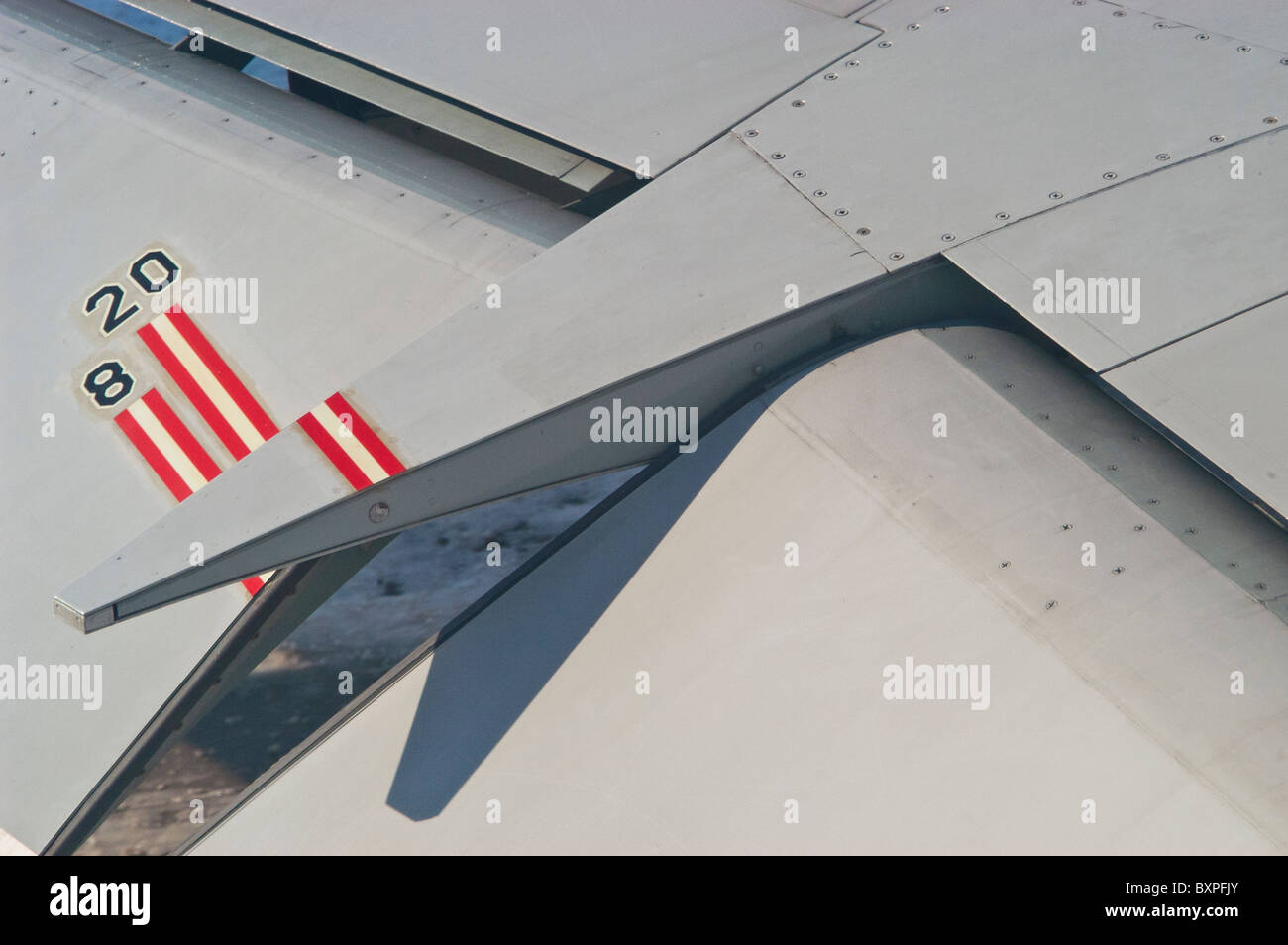
The Ailerons
Ailerons for light aircraft are usually constructed with a single spar to which ribs are attached. The majority of currently manufactured aircraft are of all-metal construction with aluminium alloy skin riveted or bonded to the internal structure.
Hitherto the conventional explanation was that, since the slot connects the high-pressure region on the lower surface of a wing to the relatively low-pressure region on the top surface, it therefore acts as a blowing type of boundary-layer control. This explanation is to be found in a large number of technical reports and textbooks, and as such is one of the most widespread misconceptions in aerodynamics.
About Those Flaps The beneficial gain in lift coefficient realized with the deployment of flaps appears to peak when flaps are lowered as much as 40 degrees. A maximum flap travel of 45 degrees, therefore, should be the set limit for full flaps because flap drag increases rapidly beyond that recommended 40 degree deflection.
While flaps are generally located on the trailing edge of a wing, they can also be placed on the leading edge. Leading edge flaps are normally used only on large transport-category aircraft that need large amounts of additional lift for landing. A leading-edge flap is a high-lift device which reduces the severity of the pressure peak above the wing at high angles of attack. This enables the wing to operate at higher angles of attack than would be possible without the flap.
Slats And Slots
flight control surface, plane control surfaces, airplane flight control surfaces, flight surfaces, primary flight control surfaces, aircraft primary flight controls, secondary flight control surfaces, cessna 172 control surfaces
